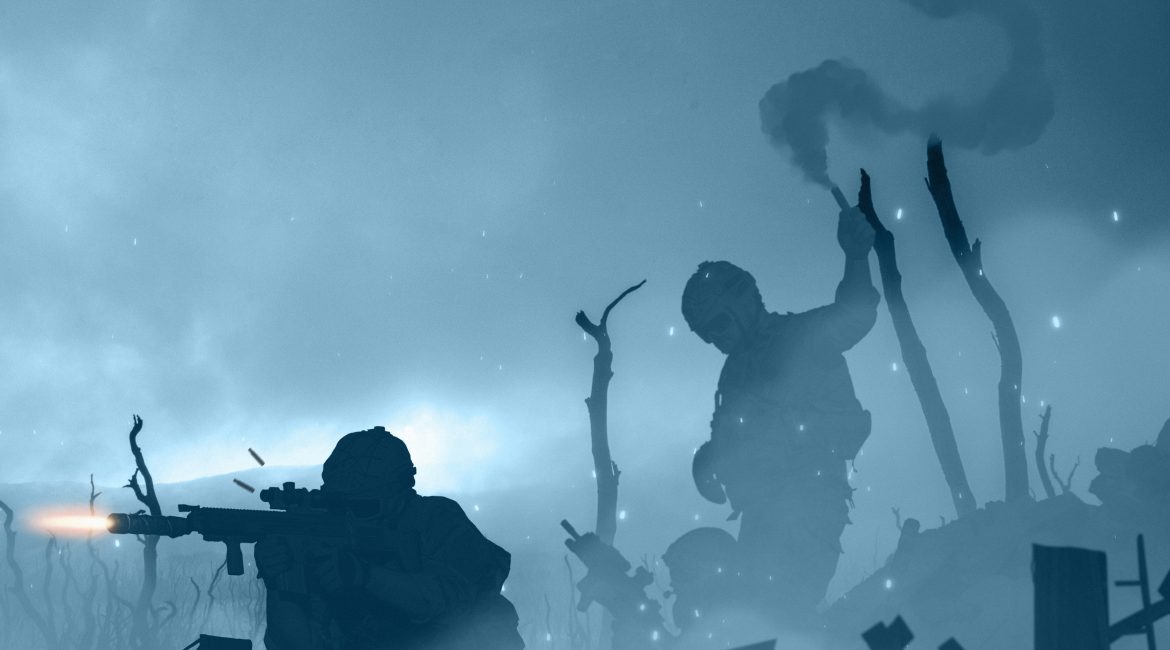The largest and most dangerous camp in the world is the al-Hawl camp in eastern Syria, which is under the authority of the Syrian Democratic Forces (SDF).
This strange camp houses approximately 34,000 people, including 13,000 Iraqi refugees and about 15,000 displaced Syrians, in addition to more than 6,000 women and children of foreign ISIS fighters.
Following security reports, the camp is currently experiencing tension of suspicious activities perpetrated by ISIS-affiliated sleeper cells. The reports comes after wives of ISIS militants and fighters detained in the migrant section formed a so-called "Hisbah" force, burning down the headquarters of humanitarian organizations and vandalizing their property.
In a recent statement, camp director Jihan Hanan warned of sleeper cells' efforts to reorganize their ranks, revealing—and this is even more dangerous—that "there are cells operating from abroad, mobilizing elements within the camp."
Al-Hawl camp is the largest of ISIS in Syria, but it is not the only one. Moreover, the rebellion, escape attempts, and even murder and destruction are not the first to occur before or after the fall of the Assad regime.
The children who entered the camp more than 10 years ago are now angry young men inspired by ISIS literature, published in Al-Nabaa magazine and elsewhere. In there, al-Hawl and other camps are venerated and considered a strategic "reservoir" for ISIS potential.
The US State Department announced in a statement following the repatriation of an American citizen from this camp that "approximately 30,000 people from more than 70 countries remain in two displacement camps in north-eastern Syria, the majority of whom are children under the age of 12. They deserve a chance to live outside the camps." And the solution is: "They will be returned to their countries of origin."
The reality is that the threat posed by ISIS is greater than the actual camps in eastern Syria. There are virtual ISIS camps across social media, and a quick look at pro-ISIS accounts on Telegram, for example, reveals the gravity of the situation and the prospect of believing that the danger is over.
On the contrary, anyone who seriously monitors the situation will find at present a renaissance of radical takfiri jihadist thought, in the absence of serious specialized research centres and of ongoing awareness-raising.
The most dangerous type of attack is when you are attacked by surprise. By the way, talking about ISIS leads to observe its ideology, and talking about its ideology leads to talking about the discourse of Islamic and jihadist groups, about the caliphate, sovereignty, and legitimacy. And talking about these matters naturally leads to speaking about the awakening of ISIS, which some refuse to discuss under the pretext of not talking about the dead past, as they claim. But the ISIS "monster" is waking up.

